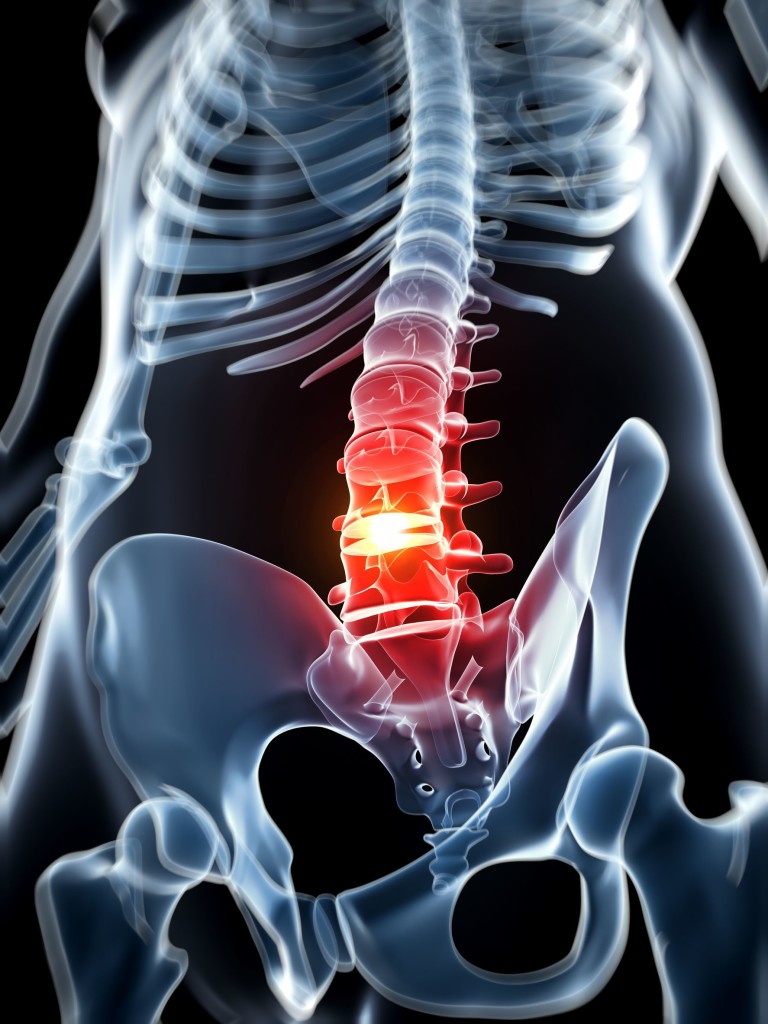Experiencing with discomfort can be a difficult journey, impacting every aspect of life from daily activities to psychological well-being. Comprehending the complexities of pain management is crucial for those who desire relief and a higher quality of life. Whether you experience sharp pain from an injury or persistent pain due to a prolonged condition, there are multiple strategies and therapies available that can help you maneuver through this journey successfully.
In this comprehensive guide, we will investigate the different types of pain and the most efficient management techniques. From innovative medical interventions to holistic approaches such as mindfulness and exercise, we will explore the science behind pain and highlight how specialized pain management services can empower individuals to reclaim control over their lives. Come with us as we uncover the essential tools and practices that can transform the experience of pain into a path toward relief and healing.
Understanding Pain and Its Impact
Pain is a multifaceted and personal experience that serves as a essential signal for the body. It can be categorized into two primary types: sharp and chronic pain. Sharp pain often emerges from injury or sickness and serves as a protective mechanism, urging individuals to withdraw from harmful stimuli. In acute pain , persistent pain continues beyond the anticipated healing time and can significantly impact daily life, leading to a cycle of suffering that may not correlate with any ongoing injury or illness. Comprehending these types helps healthcare providers tailor pain management strategies efficiently.
The experience of pain goes past mere physical sensations; it is intertwined with emotional and psychological factors. Those experiencing from chronic pain often experience heightened levels of anxiety and depression, which can further complicate their ability to cope with their condition. This interconnectedness means that effective pain management must consider not only the physical aspects of pain but also the psychological and mental health issues that come with it. By recognizing this multidimensional nature of pain, patients and practitioners can work together to develop more integrated treatment plans.
The impact of discomfort on an individual’s quality of life can be profound. Chronic pain can disturb with daily activities such as work, social engagement, and mobility, leading to increased isolation and diminished overall health. It can also create a domino effect, affecting family dynamics and relationships. As such, understanding pain in its entirety is essential for creating efficient pain management programs that take into account both bodily and psychological well-being, ultimately aiming to alleviate pain and improve overall well-being.
Therapies and Treatments for Pain Relief
Pain relief can take many forms, and understanding diverse therapies is vital for effective management. Physical therapy is a cornerstone in managing persistent pain. Through targeted exercises, stretching, and manual therapy, physical therapists help patients regain strength, enhance mobility, and reduce discomfort. Consistent physical activity not only aids in recovery but also contributes to long-term pain management by improving overall physical fitness.
Chiropractic treatment is another vital component in the therapy landscape for pain relief. Chiropractors utilize hands-on spinal manipulation and other manual techniques to correct the body's musculoskeletal system. This approach not only targets pain but also aims to enhance the body's ability to heal itself. Many patients find significant relief from back and neck pain through chiropractic adjustments, which can be an efficient treatment option alongside other pain relief strategies.
Complementary treatments like acupuncture and massage therapy also play a significant role in pain management. Acupuncture, an age-old practice based in classical Chinese medicine, involves placing thin needles at specific body points to stimulate energy flow and relieve pain. Similarly, massage therapy addresses muscle tension and encourages relaxation, helping to alleviate pain and enhance circulation. These treatments can be integrated into a holistic pain management plan, offering patients a holistic approach to their pain relief journey.
Holistic Methods to Discomfort Management
Wholistic strategies to discomfort management concentrate on addressing the entire person as opposed to just the signs. These approaches take into account physical, psychological, and environmental factors that may lead to discomfort. The idea is to promote overall well-being, which can, in turn, reduce discomfort. view website as mindfulness and contemplation have gained popularity as powerful tools for addressing pain, encouraging relaxation and lowering anxiety levels. These methods help individuals enhance a greater understanding of their pain and build management techniques that can lead to better well-being.
Another crucial aspect of holistic discomfort management is the inclusion of nutrition and physical activity into daily routines. Healthy diets, loaded with fruits, greens, whole grains, and good fats, can significantly reduce swelling and pain levels. Furthermore, regular exercise, as guided by fitness experts, not only strengthens muscles but also boosts agility and movement, which are crucial for handling chronic pain. This integration of nutritional adjustments and activity fosters a proactive method to pain relief, allowing individuals to take charge of their wellness.

Practices such as mind-body exercises and bodywork are also essential to holistic discomfort relief. Mind-body exercises encourages wellness while incorporating breath work and calming practices, helping to soothe both the mind and physical being. Body massage can ease muscle tension and enhance circulation, further contributing to discomfort management. These holistic therapies allow individuals to explore non-invasive options that support conventional medical care, enabling a more full approach to managing pain and enhancing overall health.
